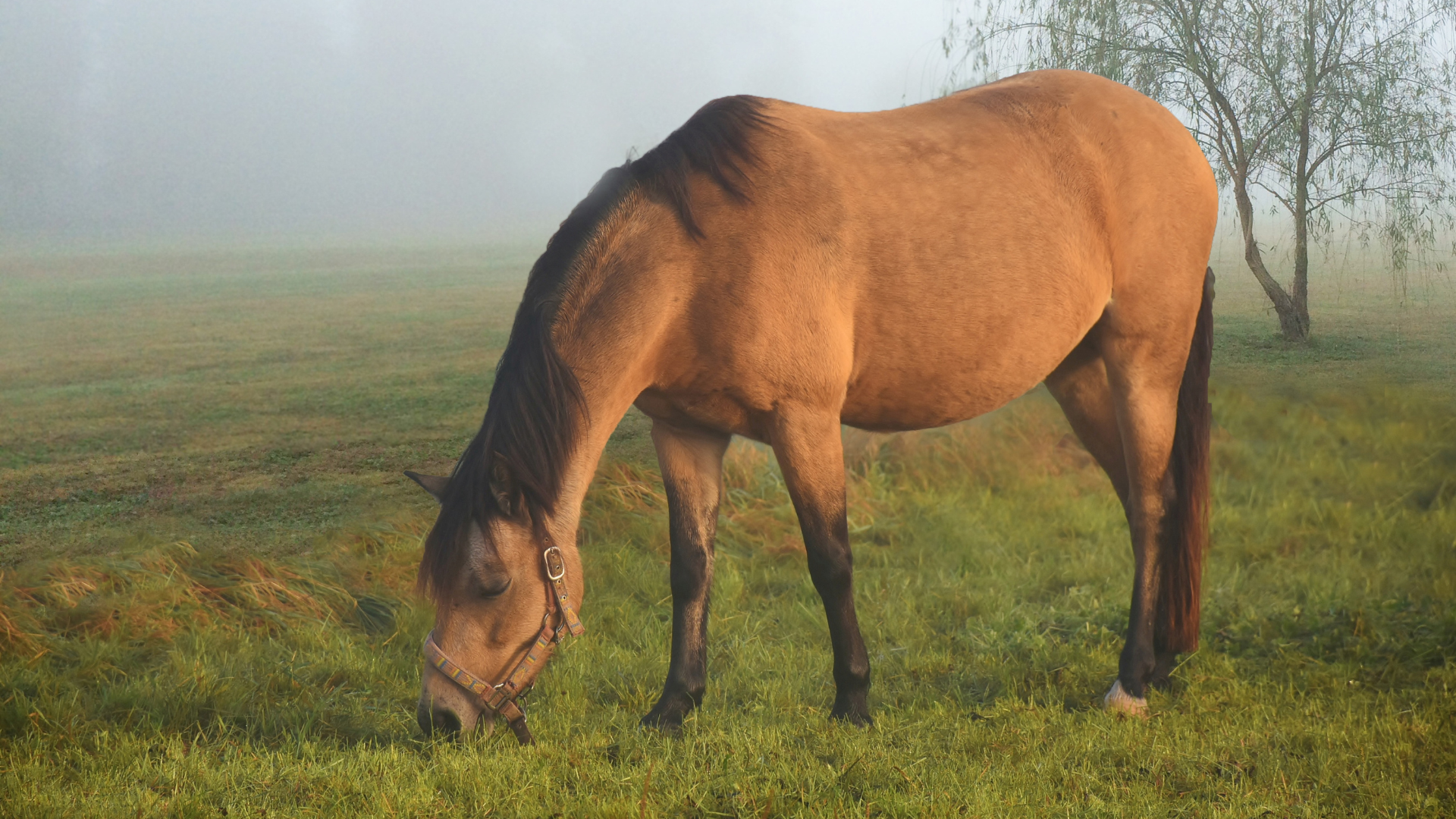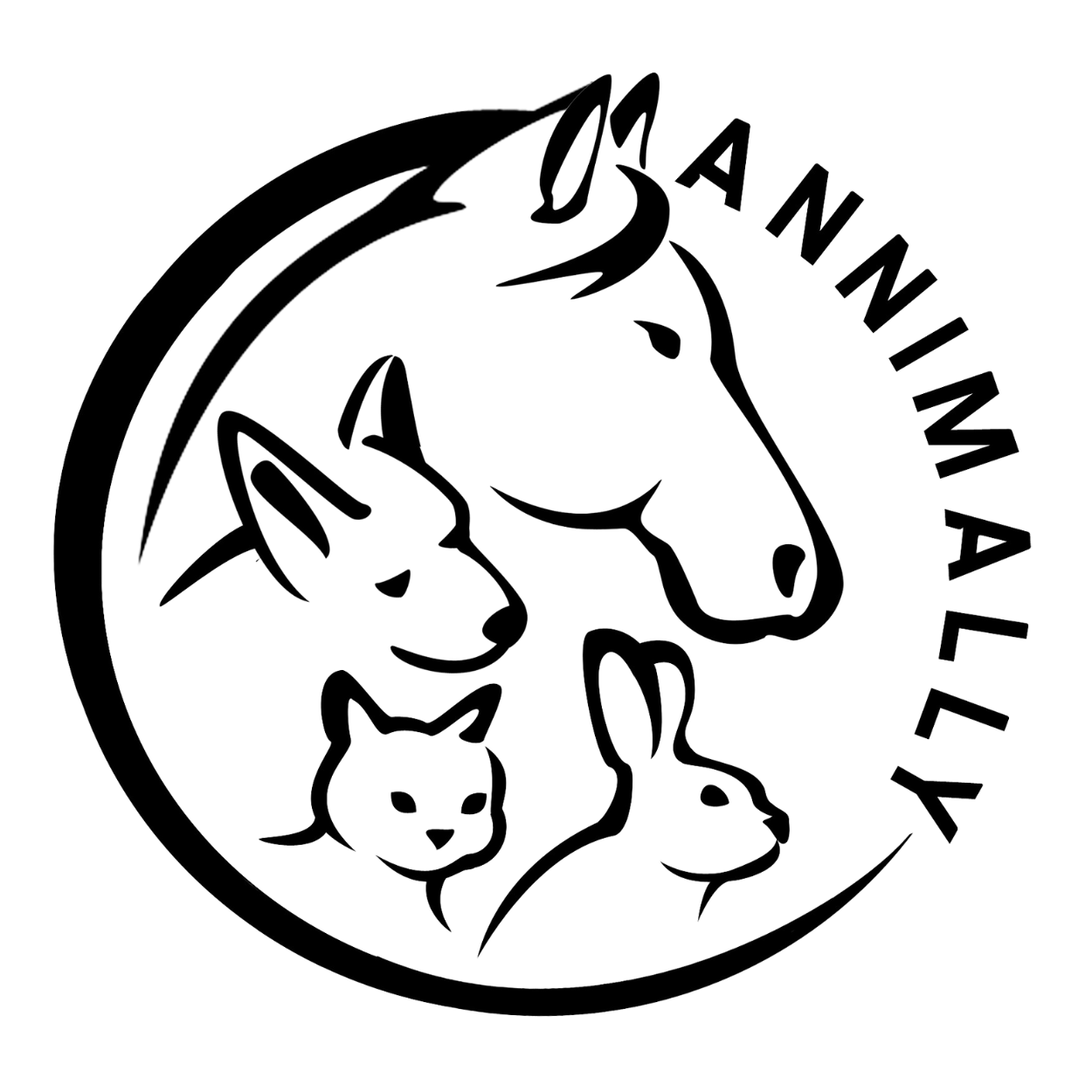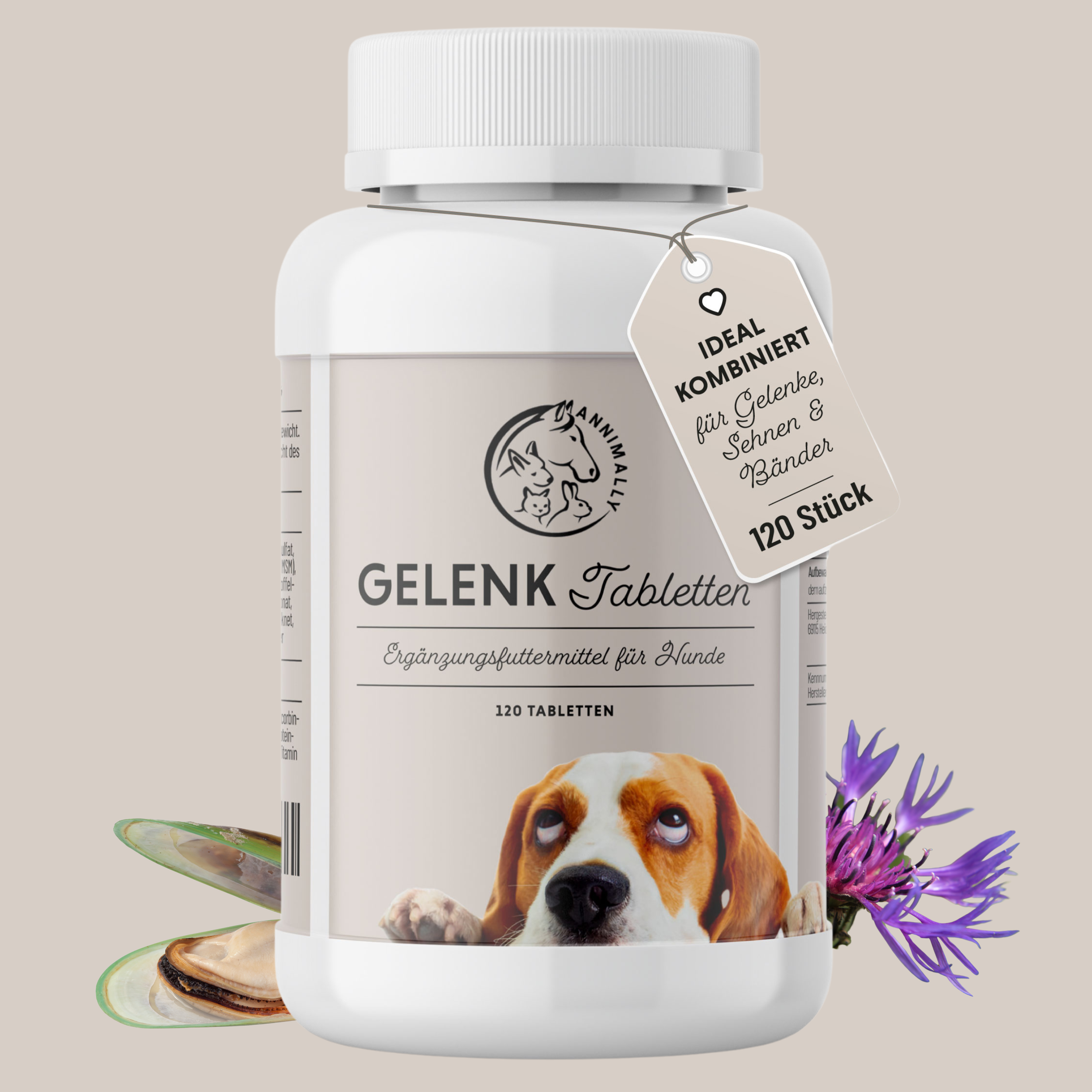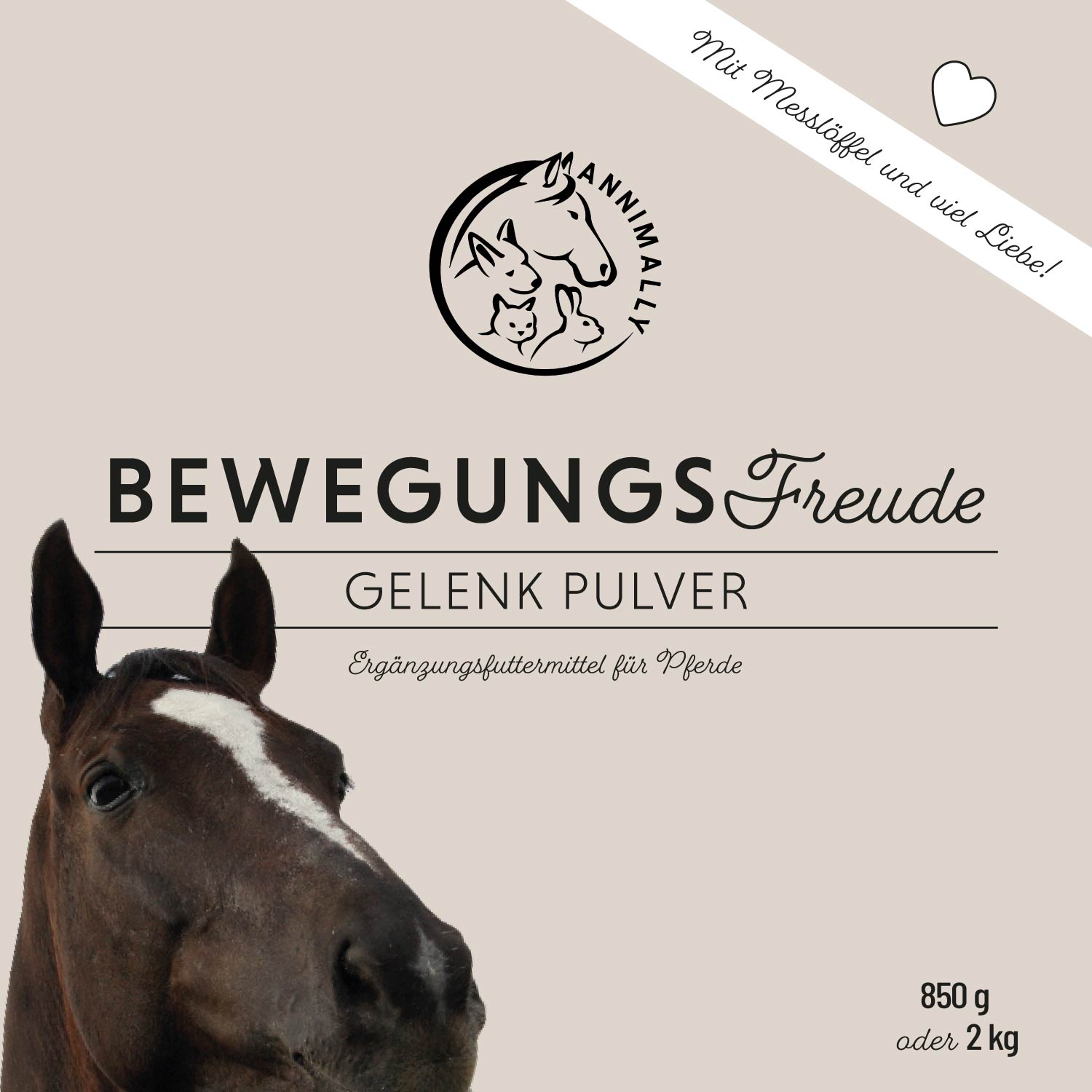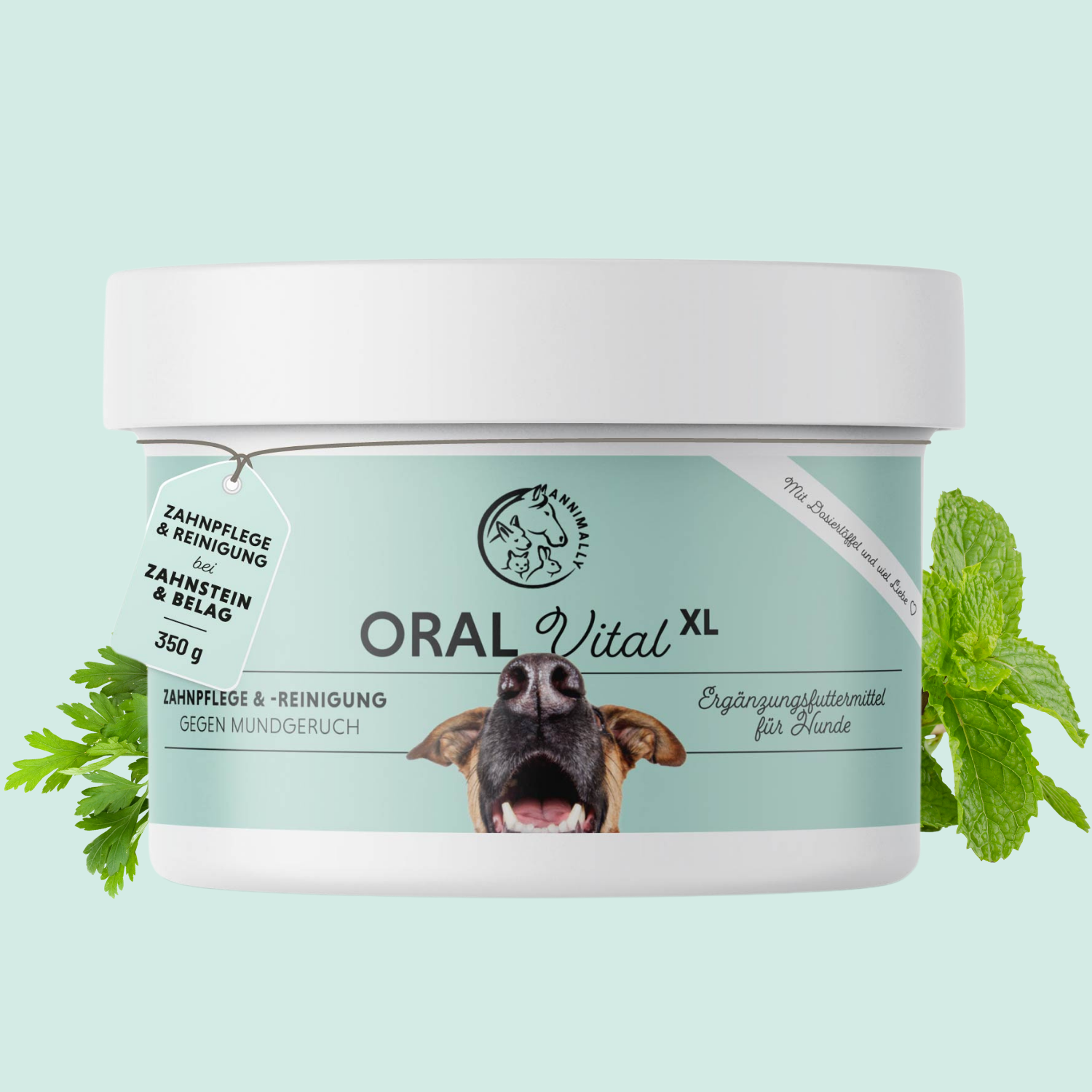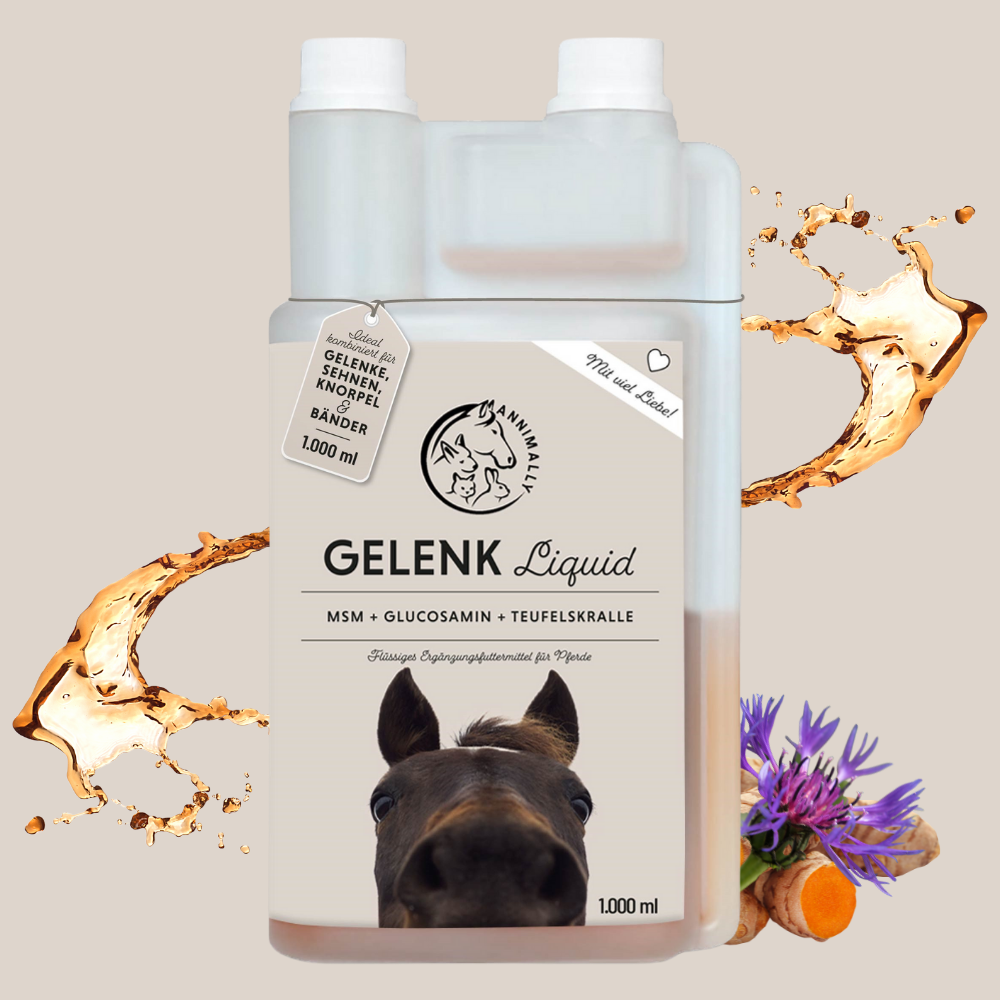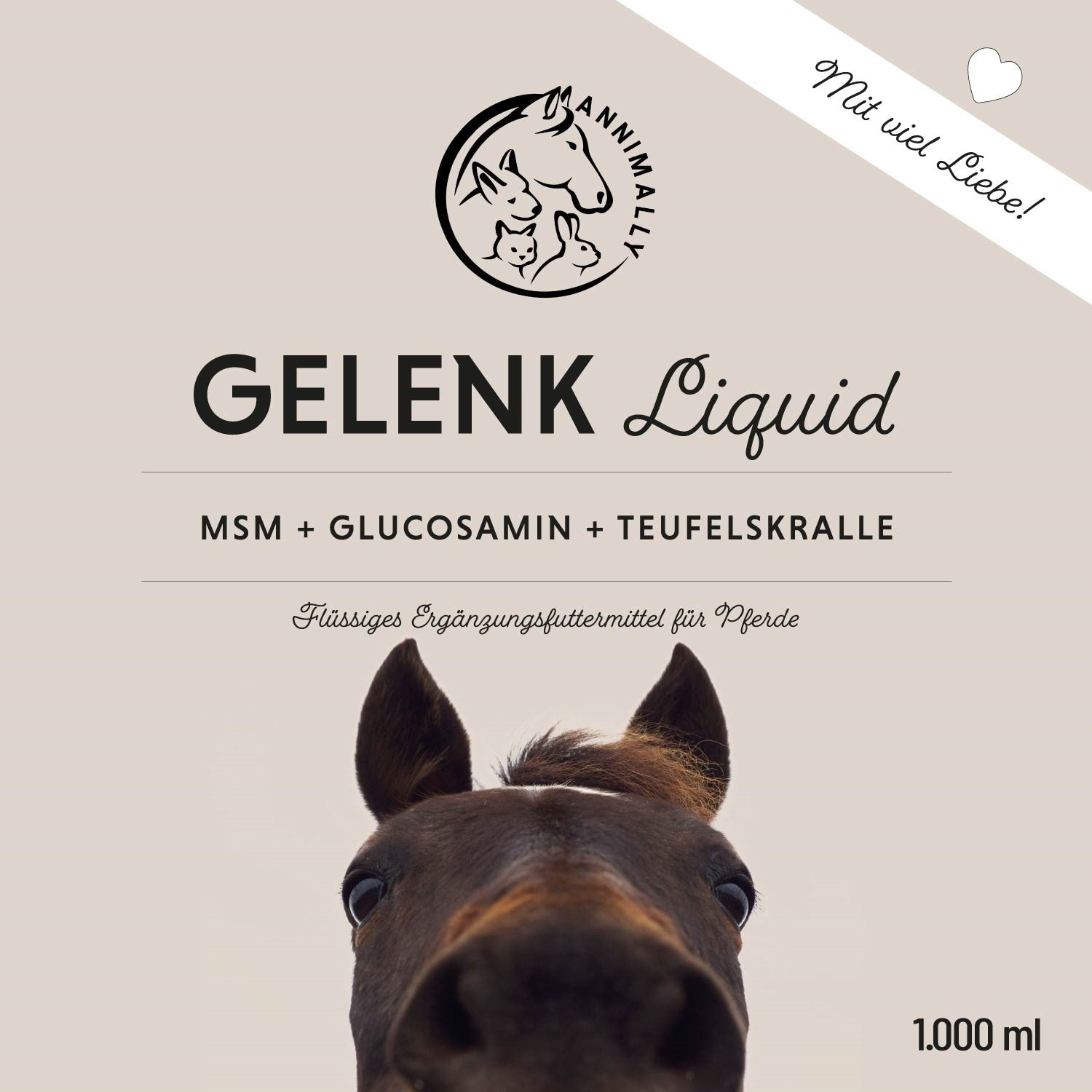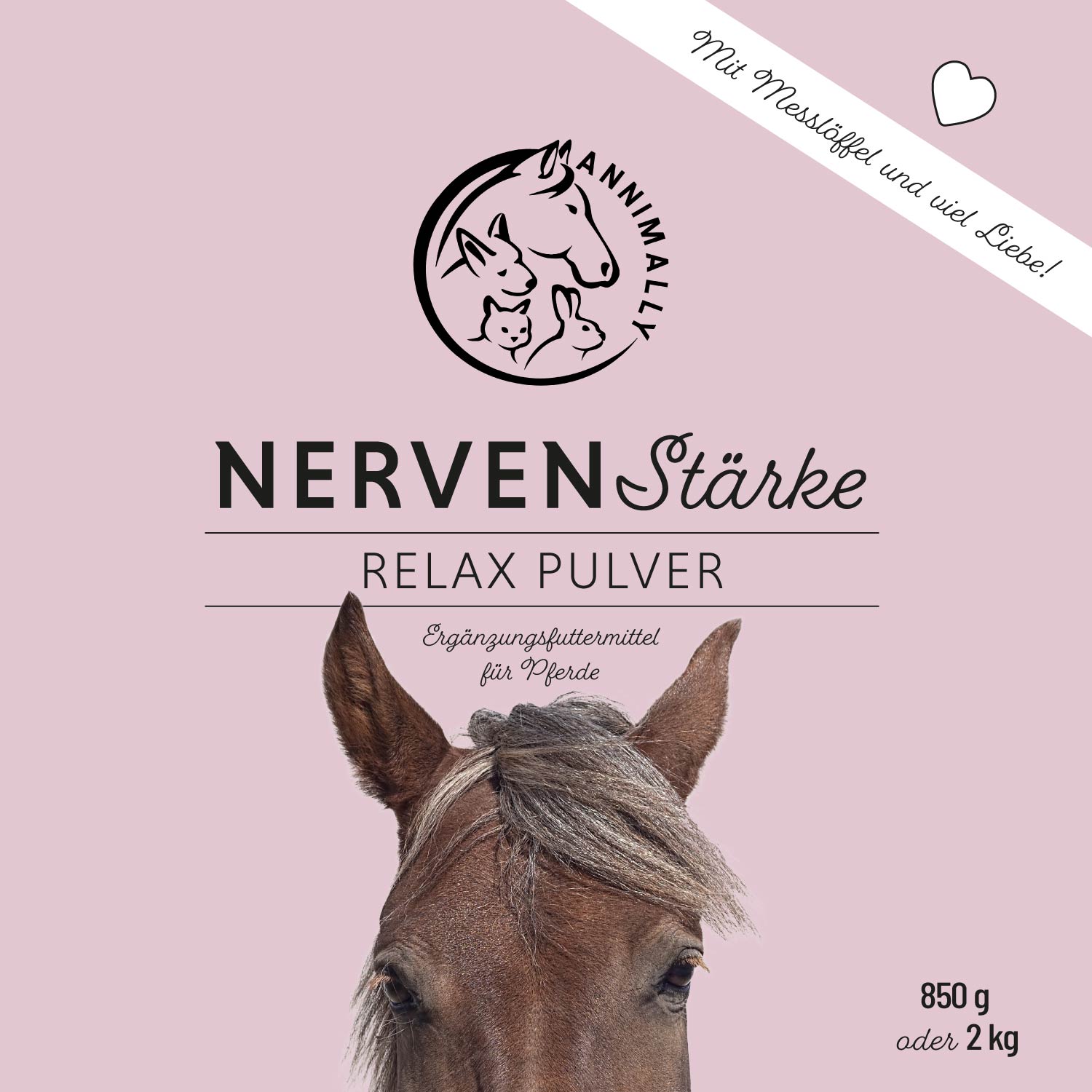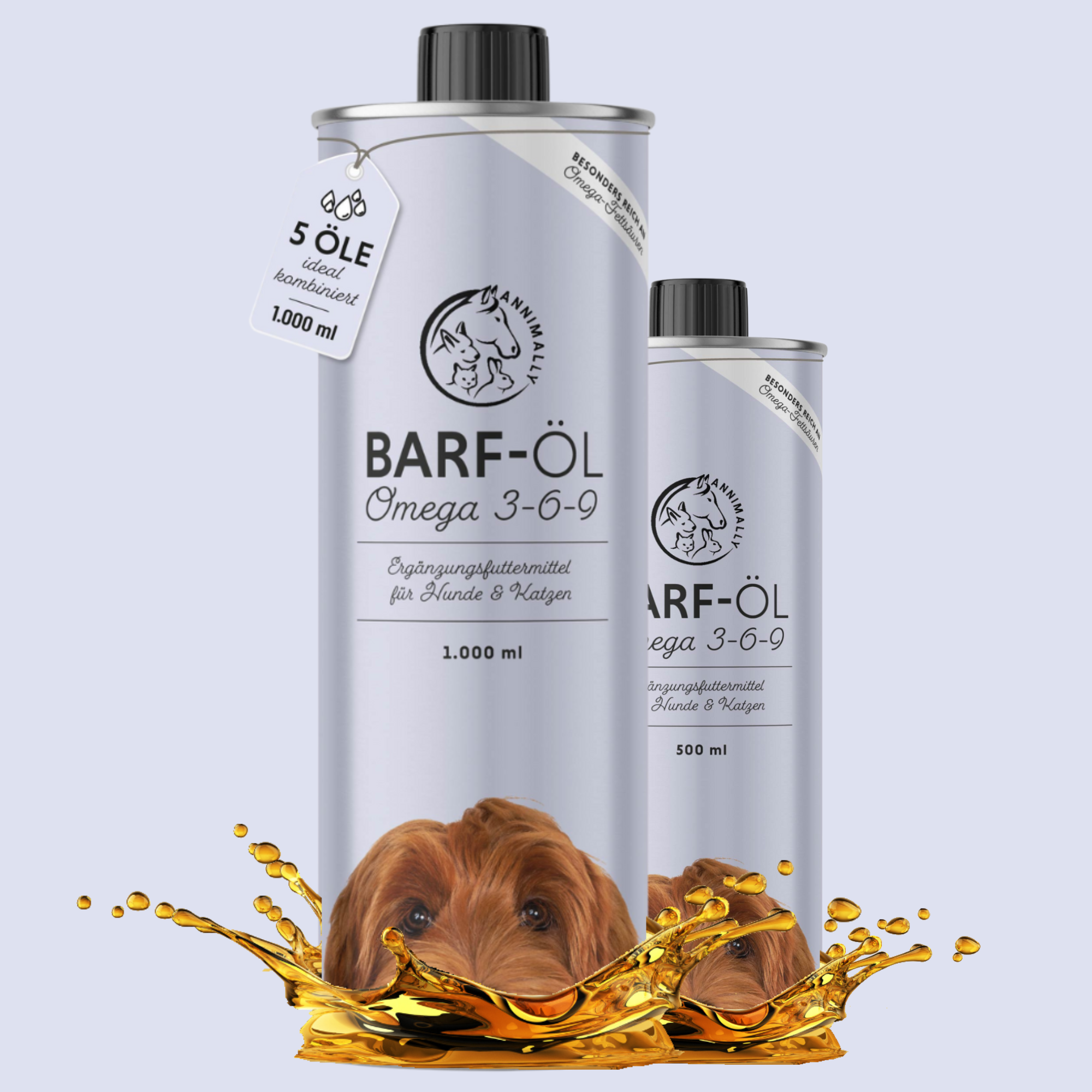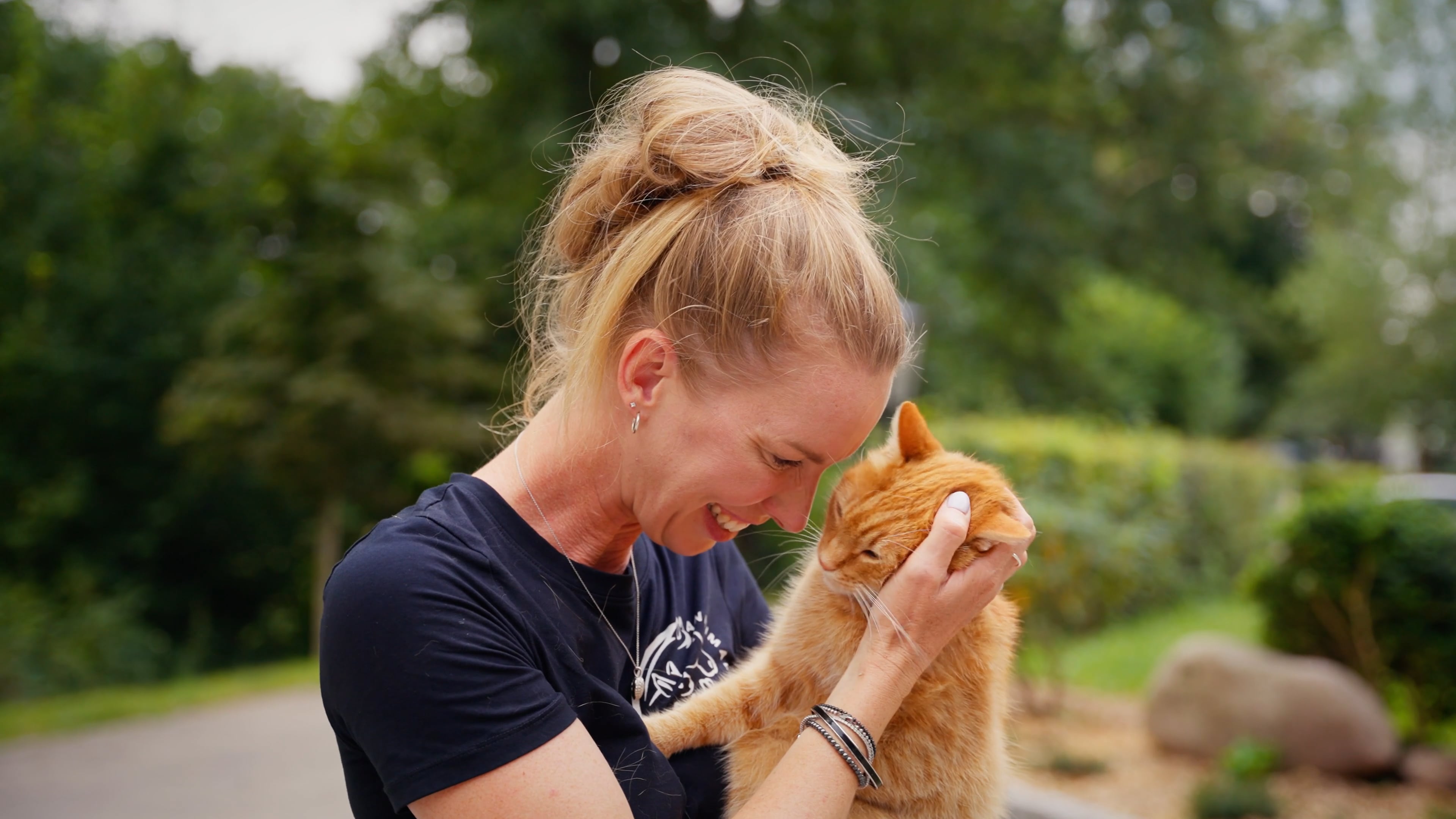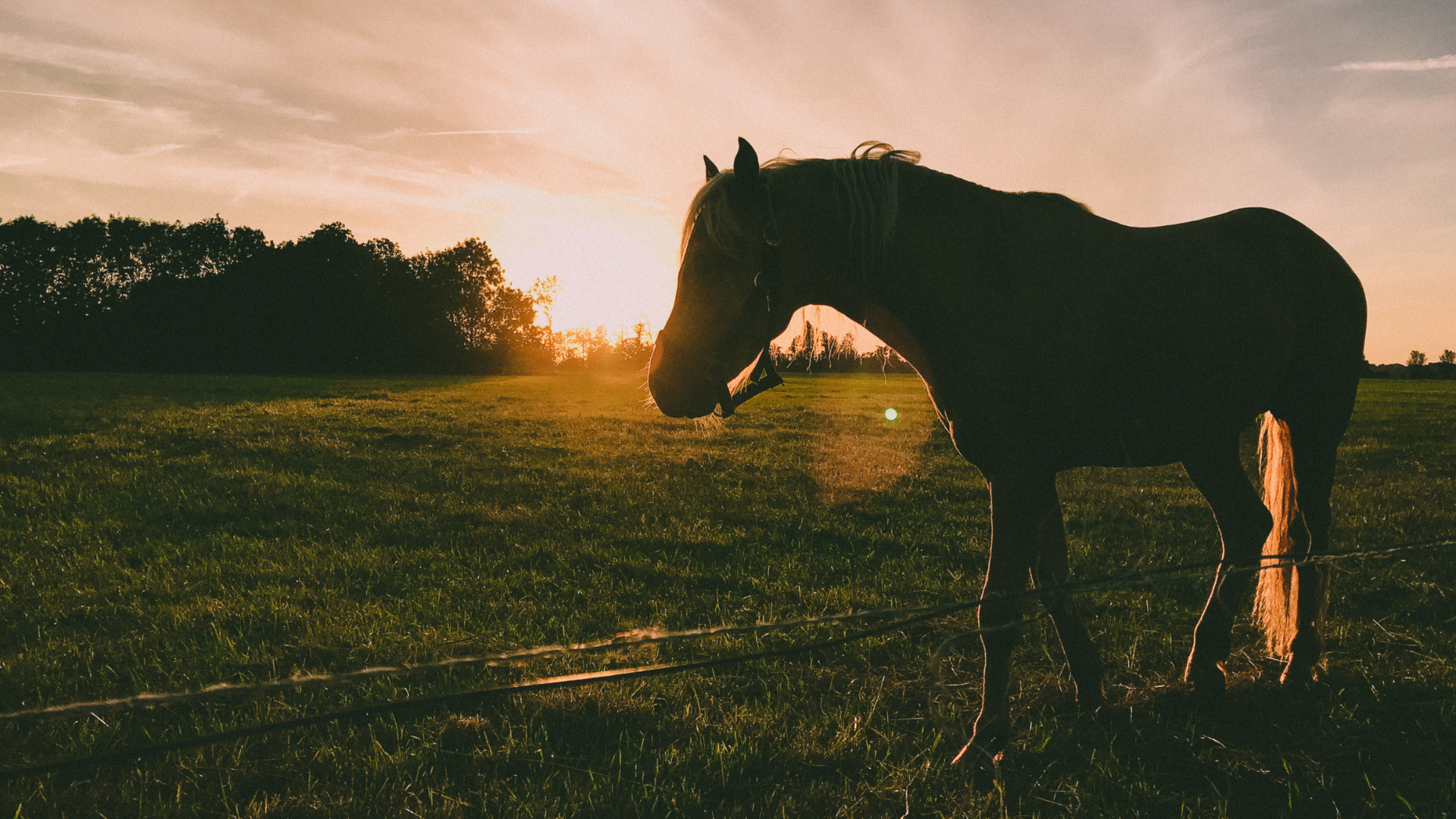
Poisonous plants for horses – Recognizing and avoiding dangers in the pasture
As a horse owner, you bear a great responsibility for the health of your animals. What many people don't realize is that in the wild, in the stable, in meadows and pastures, there are subtle dangers lurking – plants that are poisonous to horses. Even plants that bloom beautifully or are popular in gardens can be life-threatening for your horse.
In this comprehensive article, you'll learn everything you need to know about poisonous plants for horses: which plants are poisonous to horses, how to identify them, what symptoms occur when a horse is poisoned, and what tips you can use to protect your horse.
Perfect for anyone who works with horses, foals, or horse pastures – whether in the stable, on the paddock, or in the private garden.
Why are poisonous plants a problem for horses?
Horses are grazing animals – they spend many hours a day grazing, both in the paddock and while grazing in the meadow. In doing so, they ingest not only grasses but also poisonous plants, often without realizing it. Plant toxins can hide in nature, in poorly maintained pastures, or even in hay and silage.
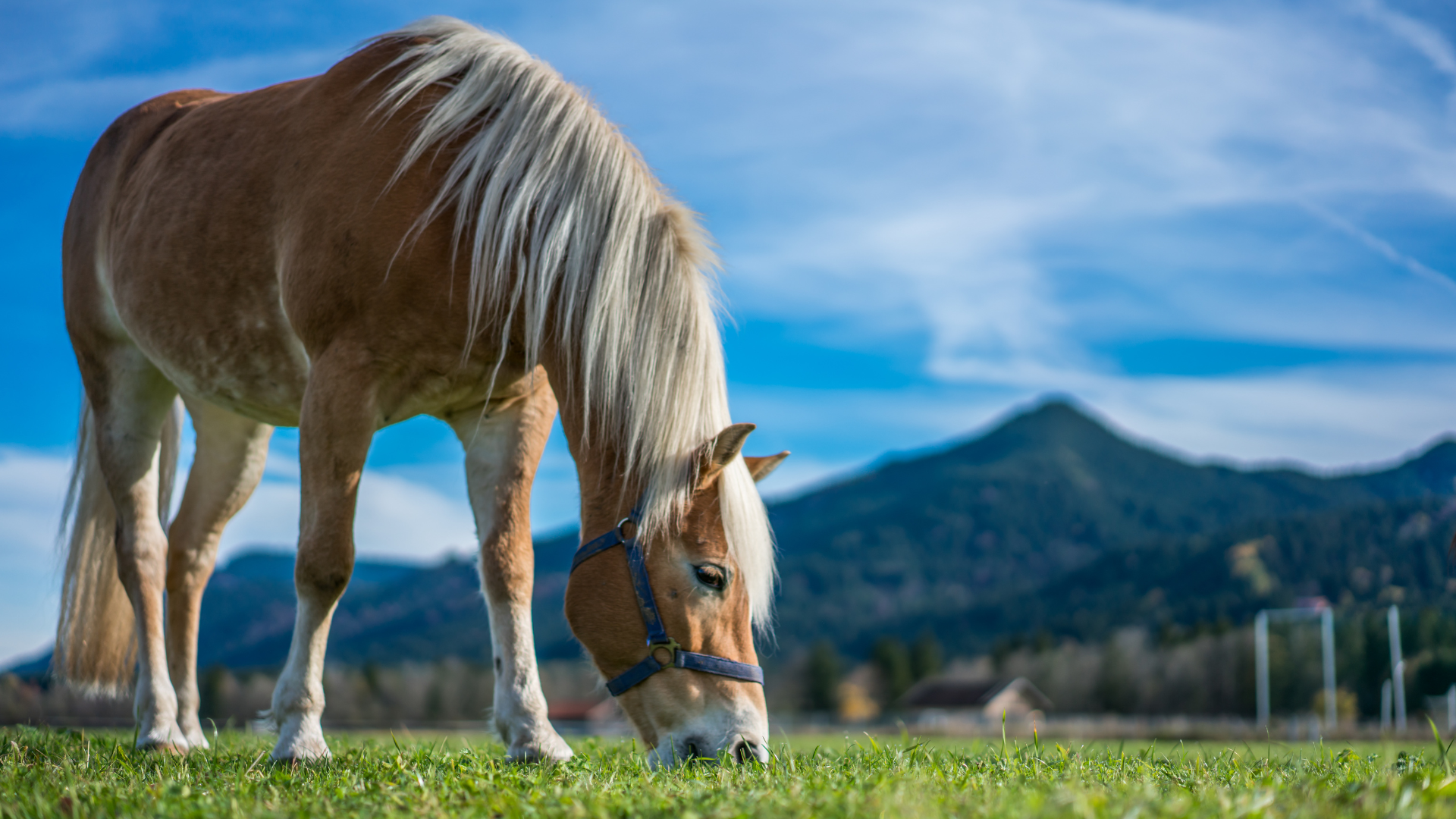
Some plants retain their toxicity when dried, while others are particularly dangerous during flowering. Many of these poisonous plants for horses are persistent, multiply rapidly, and are difficult to eradicate. The result: poisoning in horses with symptoms such as colic, tremors, and behavioral changes – in the worst cases, ingestion can even be fatal.
Dangerous plants for horses – the top 12 poisonous plants
Here you will find the most important poisonous plants.
1. Ragwort
-
Danger: Highly toxic (pyrrolizidine alkaloids)
-
Happen: Roadsides, meadows, paddocks
-
Symptoms: Liver damage, weight loss, coordination disorders
-
Special feature: Even when dried (hay!) highly dangerous

2. Autumn crocus
-
Danger: Very toxic
-
Toxic substance: Colchicine
-
Happen: Wet meadows, especially in spring and autumn
-
Symptoms: Colic, paralysis, death
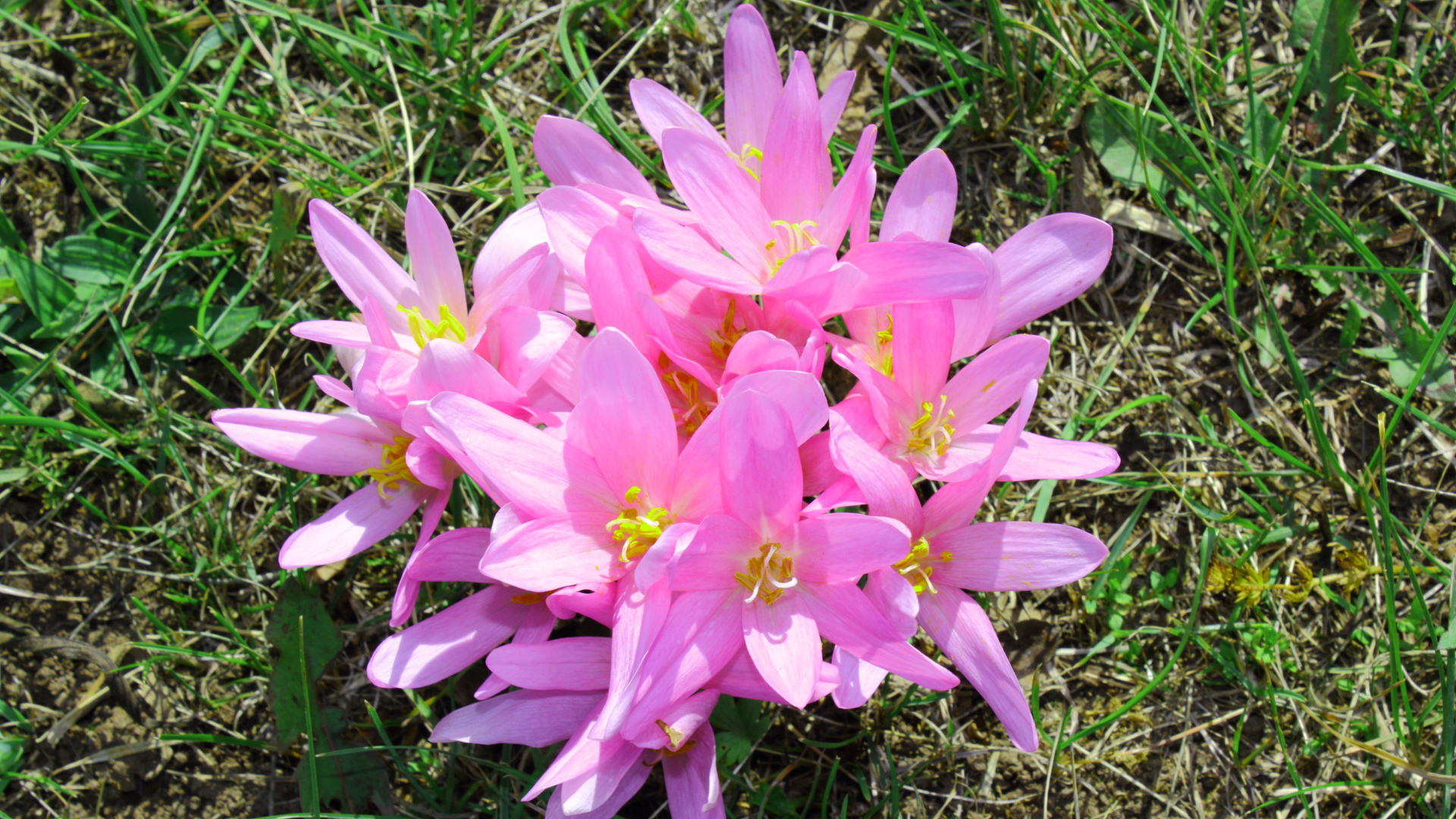
3. yew
-
Danger: Extremely toxic – even the smallest amounts are fatal
-
Parts: Needles, seeds, bark
-
Symptoms: Sudden death without warning
-
Planted as a hedge in many gardens
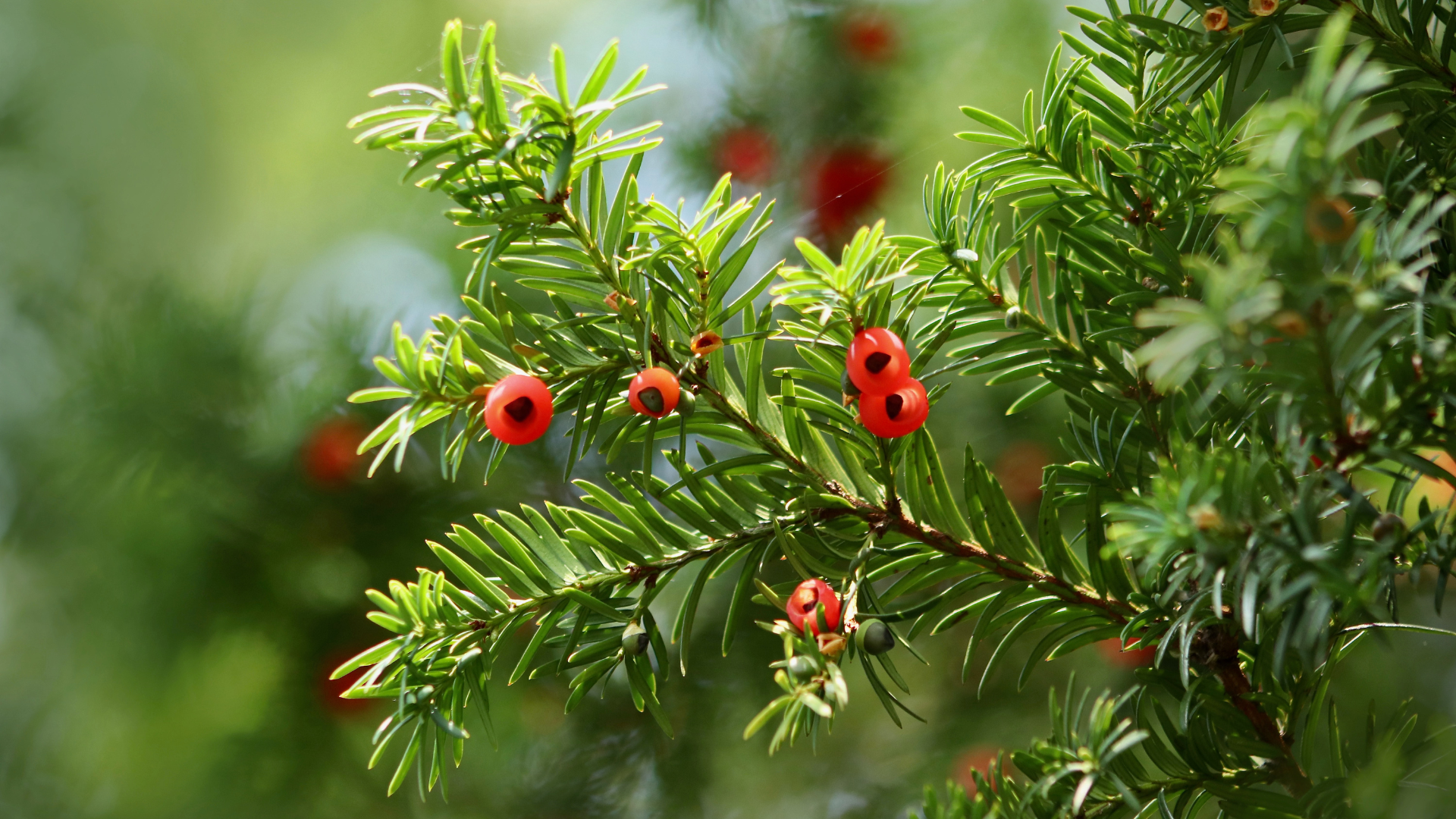
4. Adonis flower
-
Toxic substance: Cardiac glycosides
-
Symptoms: Cardiac arrhythmias, breathing problems
-
Happen: Poor grasslands, forest clearings

5. Boxwood
-
Danger: Toxic to horses, especially the leaves
-
Happen: Fences, hedges, gardens
-
Symptoms: Convulsions, shortness of breath, death at high doses
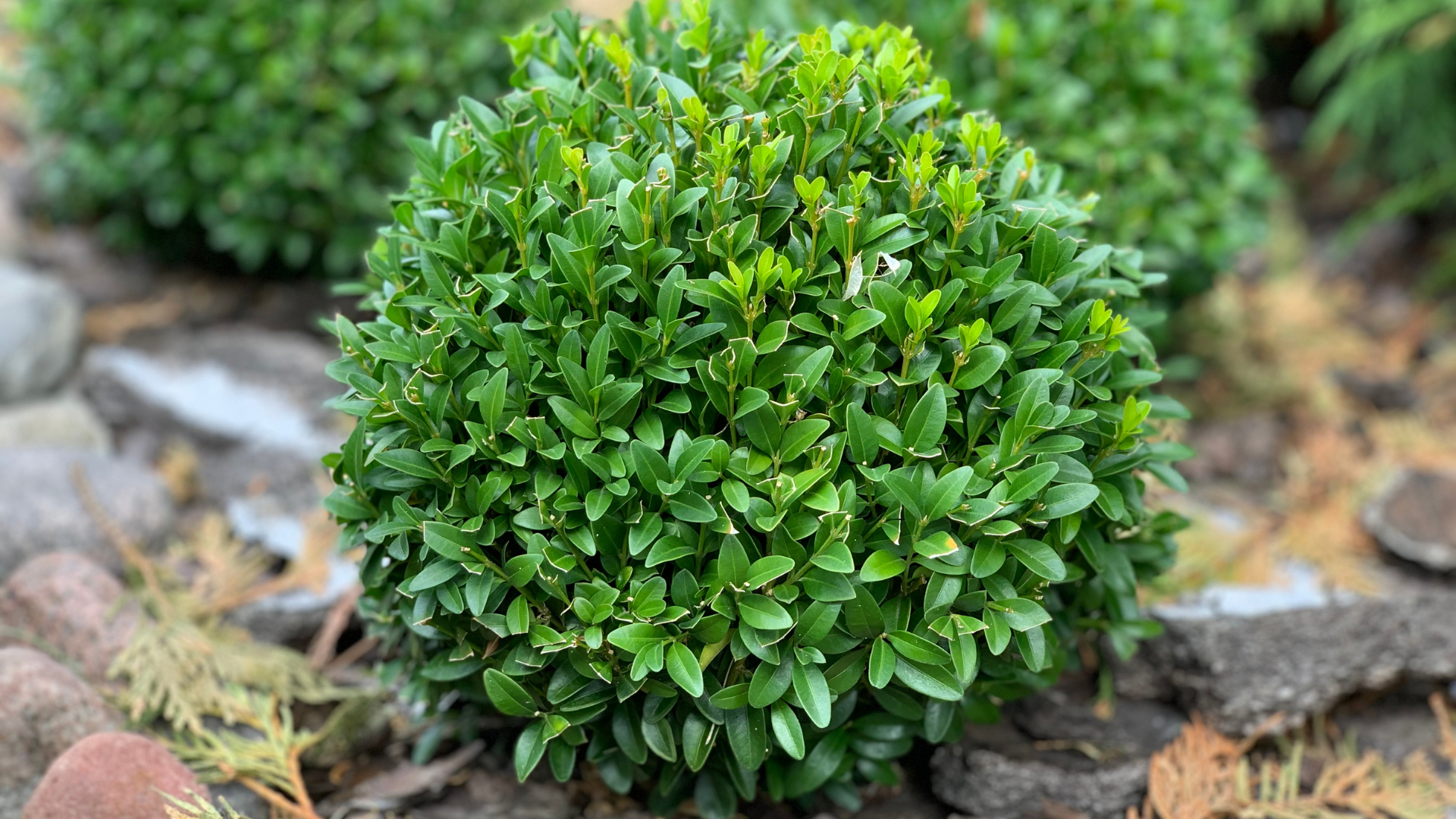
6. Deadly nightshade
-
Toxic substance: Atropine
-
Effect: Excitement, cramps, paralysis

7. Laburnum
-
Toxic substance: Cytisine
-
Symptoms: Tremors, paralysis, death
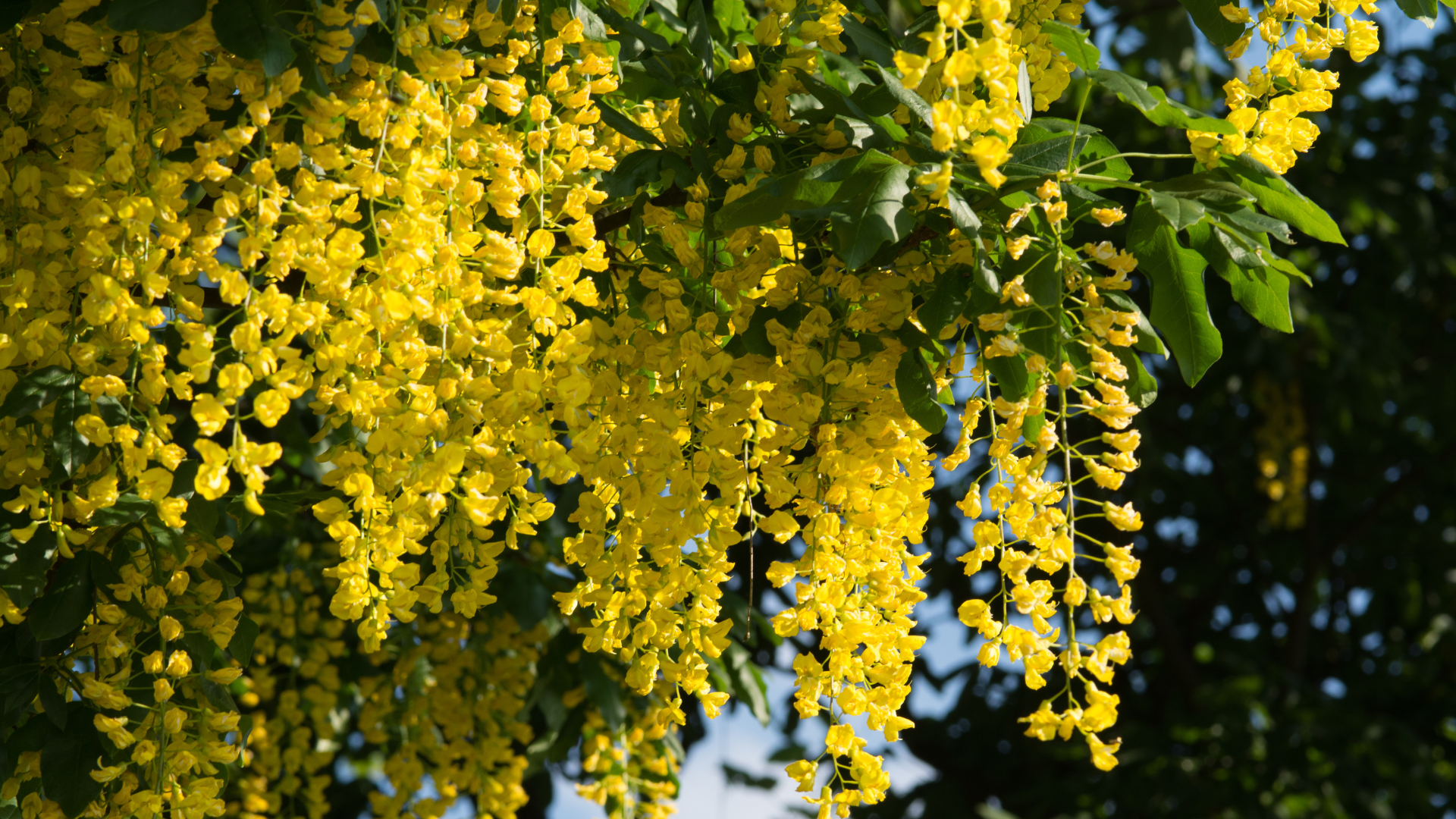
8. Hemlock (Spotted Hemlock)
-
Toxicity: Extremely high
-
A notice: One of the most poisonous plants in Europe

9. Robinia (false acacia)
-
Happen: Forests, parks
-
Toxic substance: Robin

10. Castor oil plant
-
Toxic substance: Ricin
-
Danger: Just five seeds can be fatal
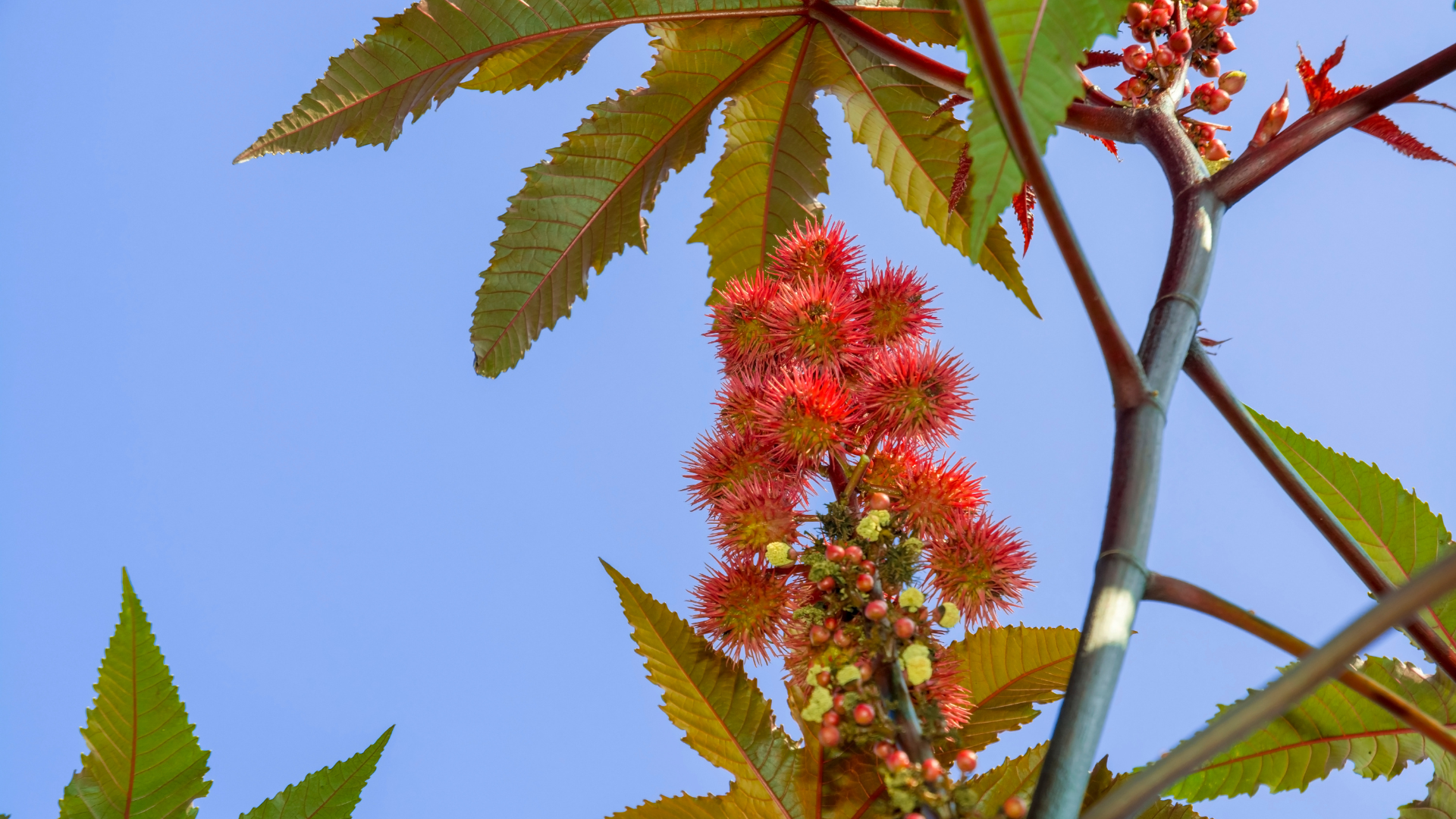
11. Datura
-
Symptoms: Excitement, cardiac arrhythmia, death
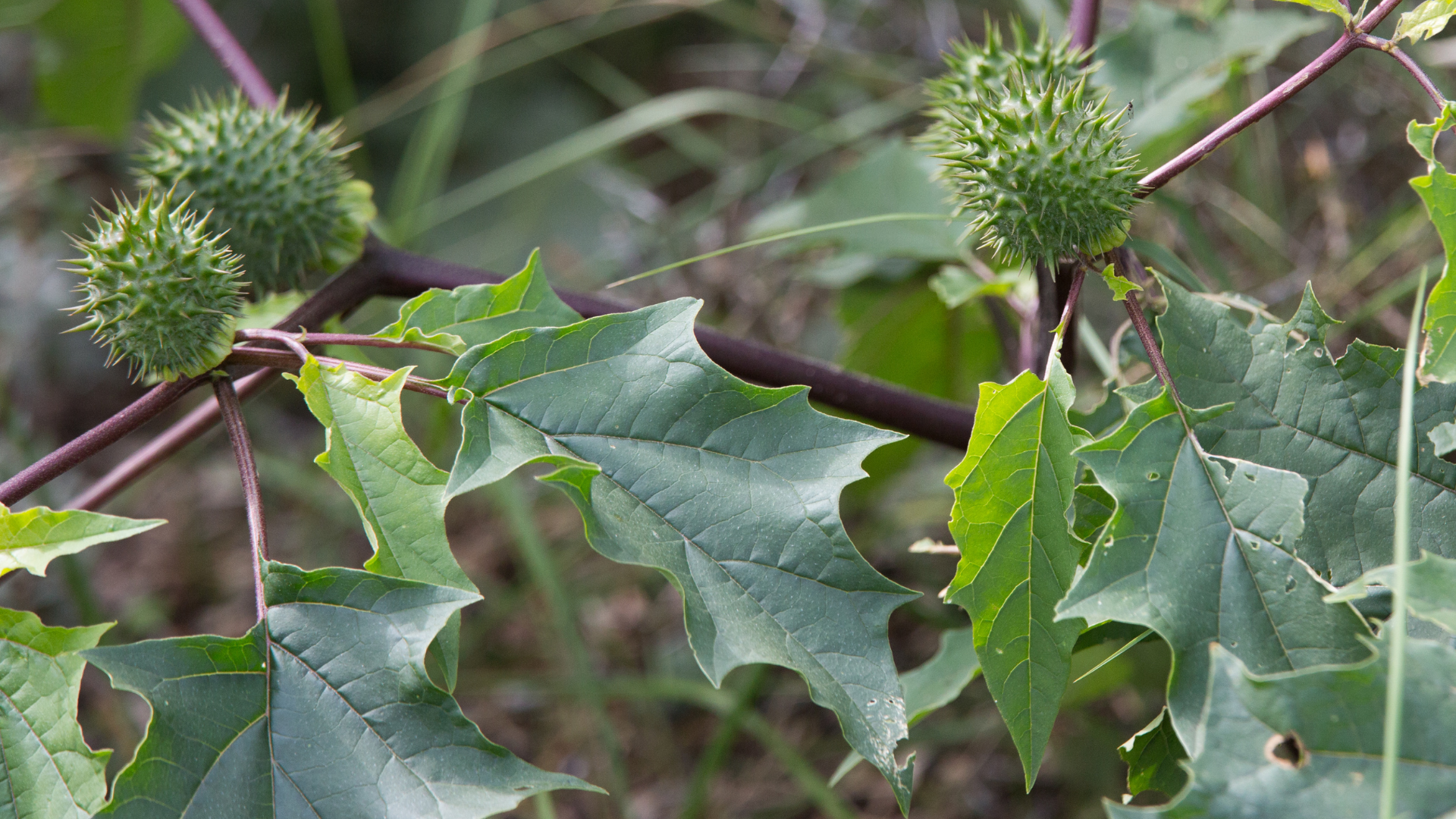
12. Buttercup
-
Special feature: Poisonous in large quantities, especially fresh
-
In the hay: Toxicity reduced, but not eliminated
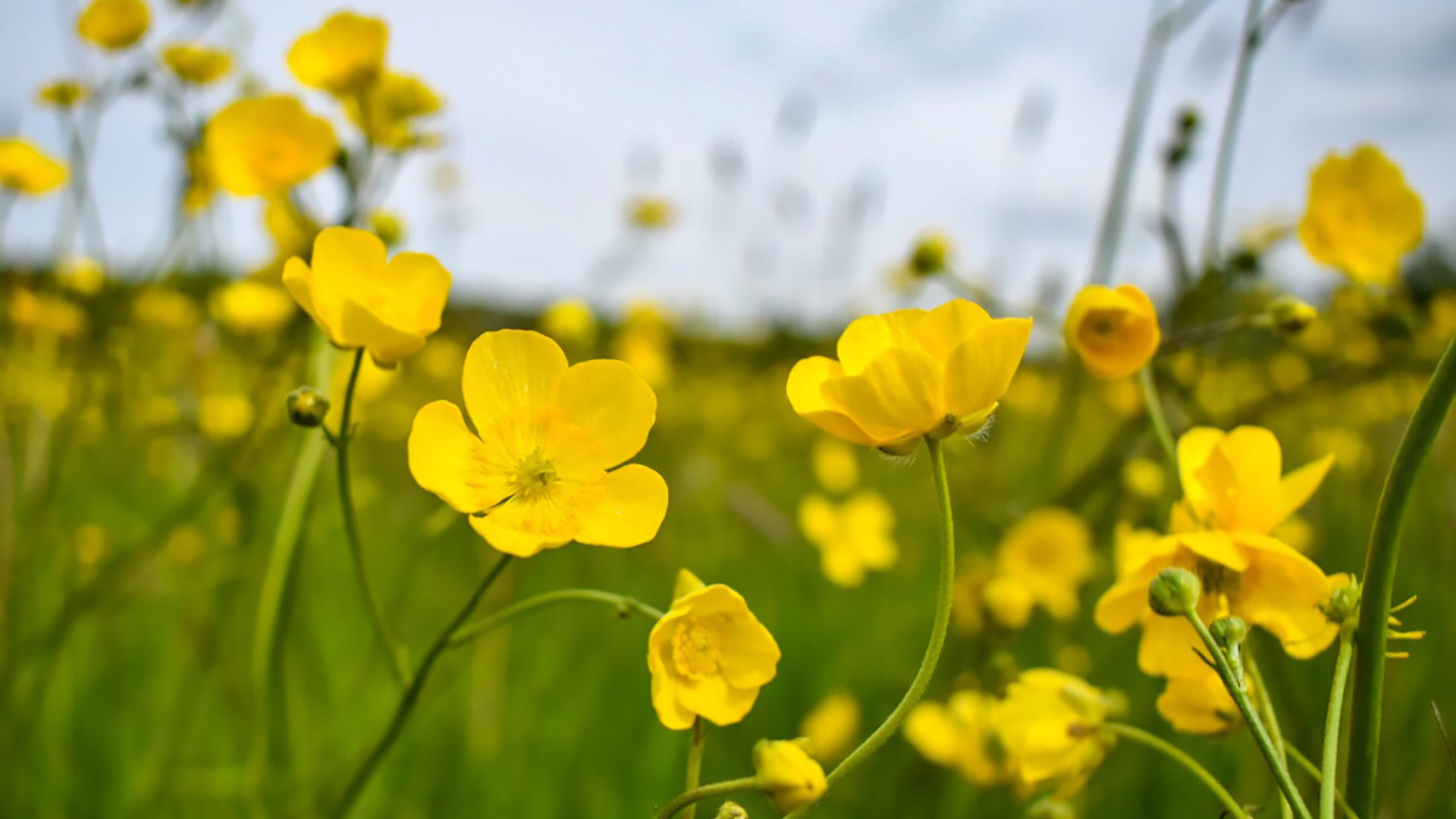
Symptoms of poisoning in horses
If your horse has ingested a poisonous plant, a quick response is crucial. Look out for these symptoms:
-
Apathy, restlessness: A sick horse often appears distracted, tired, and lacks interest in its surroundings. It stands with its head bowed and responds little or not at all to commands. In some cases, however, it may also exhibit extreme restlessness—the horse paces nervously, paws, repeatedly lies down, or exhibits flight behavior. Both of these can be potential signs of pain or poisoning.
-
Salivating, chewing without food: If you notice that your horse is salivating heavily, foaming, or chewing continuously even when there is no food in its mouth, this could be a sign of irritation in the mouth or throat – a typical symptom after contact with irritating or corrosive plant toxins.
-
Gastrointestinal complaints (e.g. colic): Many poisonous plants directly affect the digestive tract. This manifests itself in the form of colic symptoms: frequent rolling, kicking the stomach, frequent lying down and getting up, or restlessness. Diarrhea, bloated stomach, or reduced bowel sounds may also occur – serious warning signs that require veterinary evaluation.
-
Muscle tremors, cramps: Some plant toxins attack the central nervous system. This results in visible muscle twitches, tremors, spasmodic movements, or muscle stiffness. Some horses appear "electrified," flinching when touched, or losing control of certain movements.
-
Balance disorders or coordination problems: If your horse frequently stumbles, staggers, or seems to lose control of its limbs, it may be that its nervous system has been affected by a toxin. Such neurological deficits are serious and require immediate veterinary attention.
-
Discolored mucous membranes: A look into your horse's mouth can provide clues to its general condition. If the mucous membranes are very pale, bluish, or yellowish, this could indicate circulatory problems, liver damage, or oxygen deprivation—all possible consequences of toxic effects in the body.
-
Changed behavior: Noticeable changes in behavior should also be taken seriously. Does your horse suddenly seem aggressive, overexcited, or apathetic? Does it show unexplained disorientation or restlessness? Toxic plants can have a profound impact on the psyche and central nervous system.
-
Shortness of breath: Some toxins have a paralyzing or irritating effect on the respiratory tract. Your horse may then have difficulty breathing, gasp for air, or experience a significantly rapid respiratory rate. In severe cases, respiratory paralysis can occur—a life-threatening condition.
-
Sudden death: Some highly poisonous plants, such as yew, can cause death within a very short time – without any clear symptoms beforehand. A seemingly healthy horse can collapse and die after ingesting just a few needles or seeds.
If poisoning is suspected, call a veterinarian immediately and secure any plant remains!
Tips for horse owners – how to protect your horses from poisonous plants
To prevent poisonous plants from becoming a deadly trap for horses, here are some important tips:
1. Regular pasture inspection
Regularly walk through horse pastures and remove any suspected plants that may be toxic to horses. Use plant guides or apps for assistance.
2. Do not let horses graze on unfamiliar meadows
What looks harmless can actually be toxic to horses.
3. Pasture management
-
Early mowing
-
Regular reseeding with horse-friendly grasses
-
No overgrazing
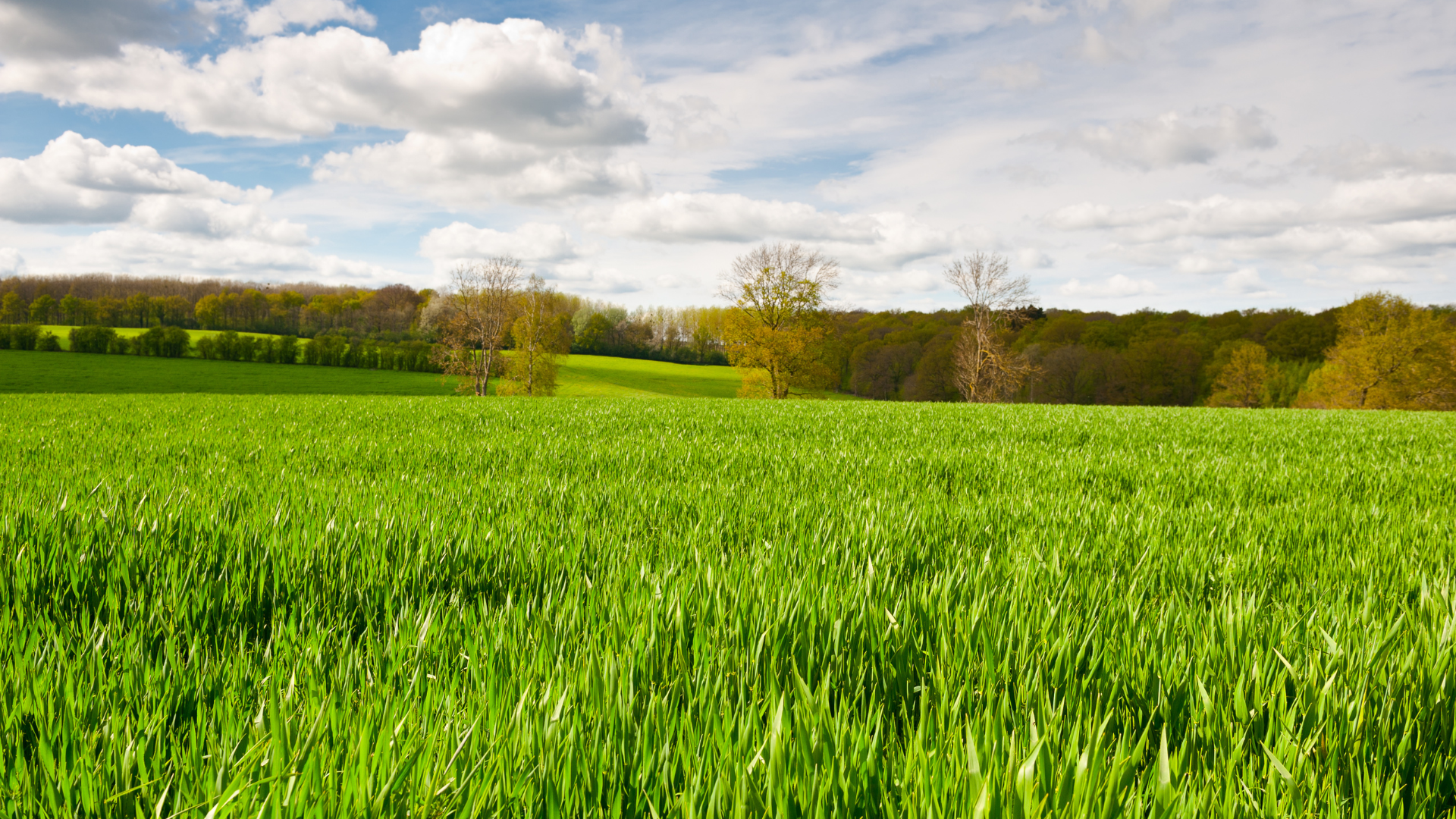
4. No grass cuttings or garden waste in the paddock
Many garden plants such as boxwood, rhododendron or oleander are poisonous.
5. Remove poisonous plants in the stable
You should also not tolerate any poisonous plants in and around the stable.
6. Check hay and feed
Some poisonous plants do not lose their toxicity when dried (e.g. ragwort).
Particularly at risk: foals and old horses
Foals and weakened horses are particularly sensitive. Even small amounts of poisonous plants can cause serious damage. Horses with poor dental health or digestive disorders are also at greater risk.
Plants in gardens and on fences – a silent danger for horses
Often forgotten: The area surrounding the paddock or meadow can also be a danger. Many popular ornamental plants are toxic to horses, including:
-
Cherry laurel
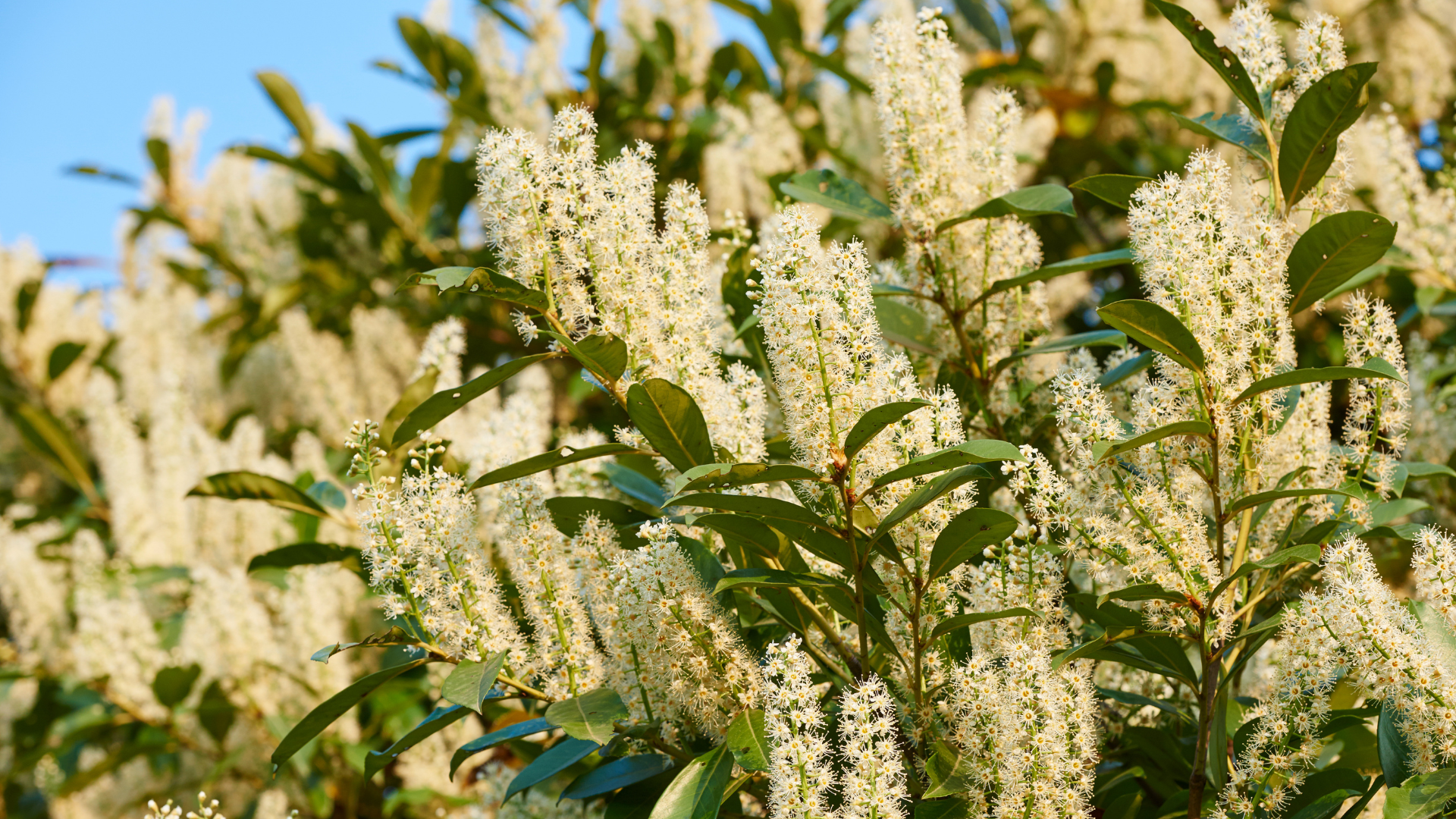
-
Thuja

-
rhododendron
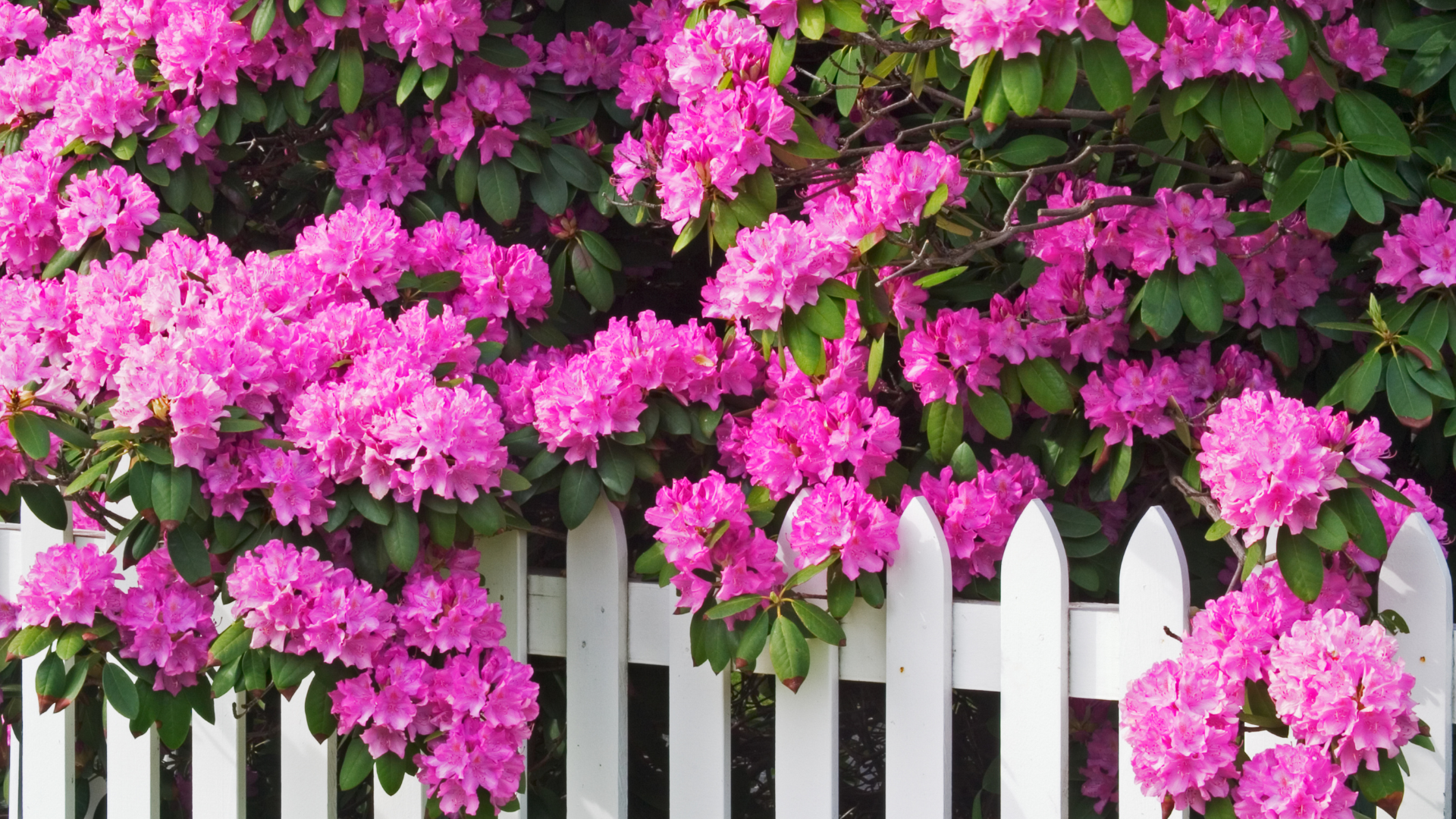
-
Privet
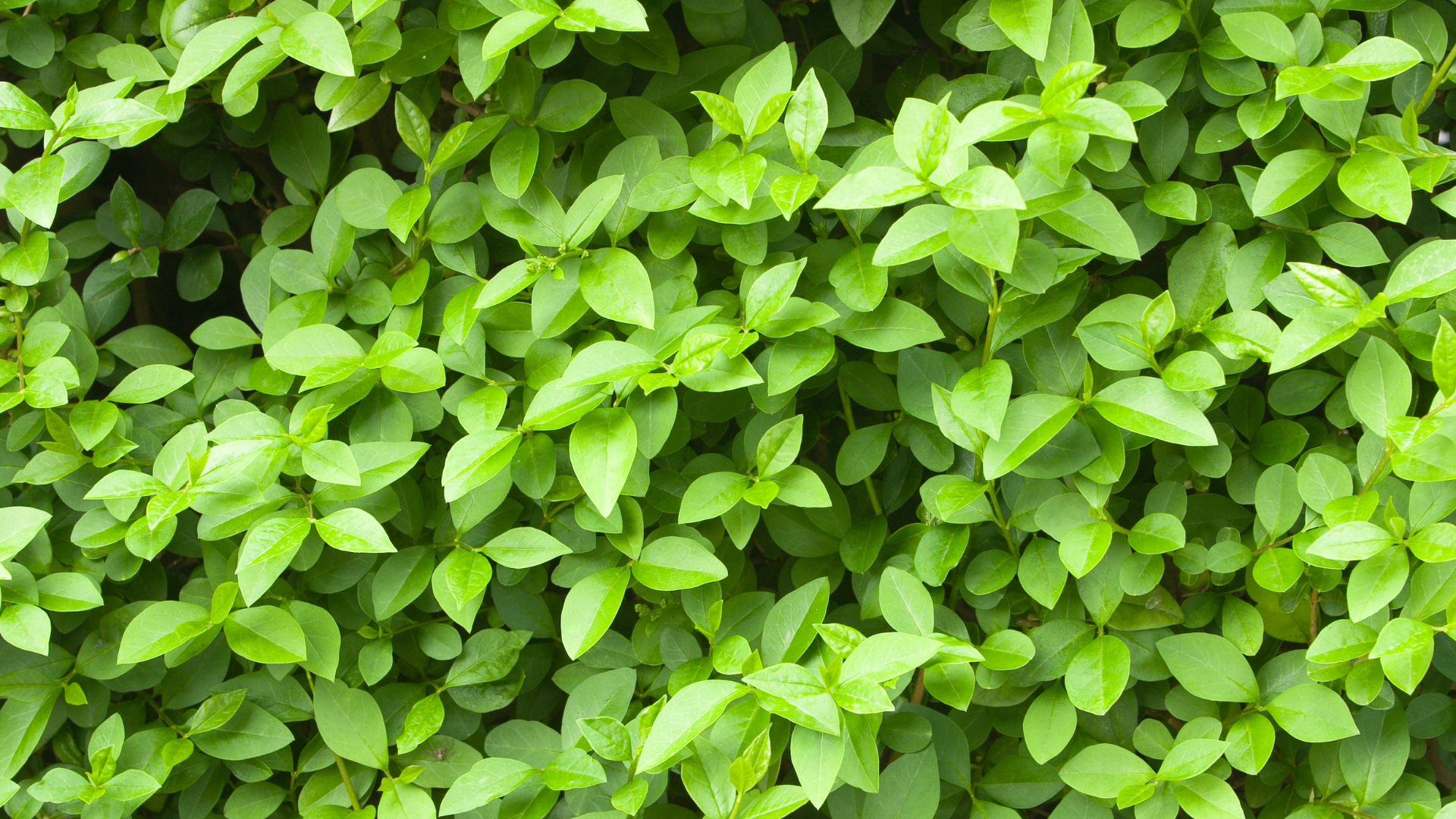
-
oleander
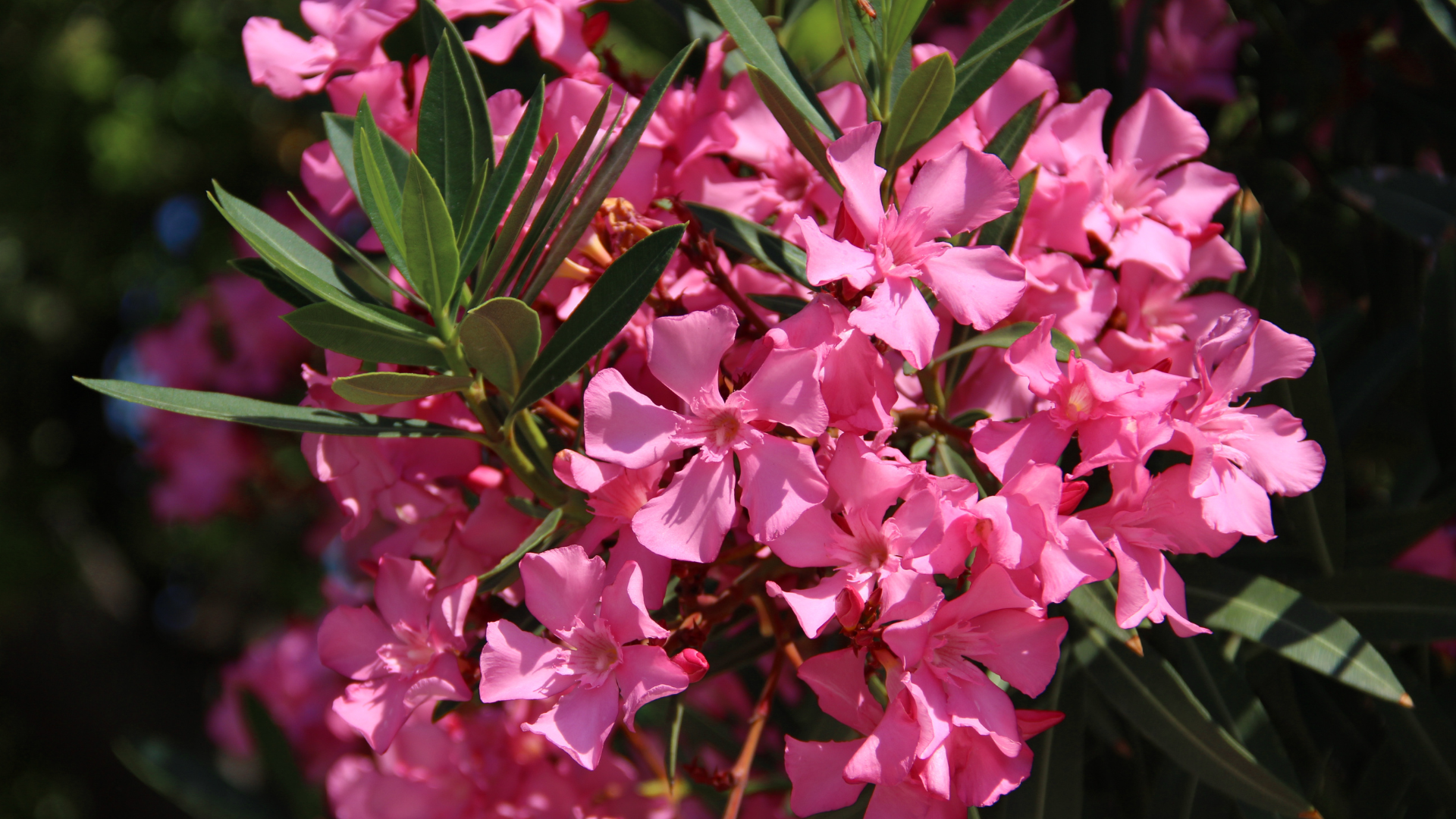
Also watch out for plants that are blown into the horses' pasture by the wind or whose seeds are blown over from the neighbor.
Toxicity throughout the year – when is it particularly dangerous for horses?
The danger is particularly high in spring and fall. Many poisonous plants sprout early or bloom late, when other plants are scarce. Horses also tend to eat untypical plants during grazing season, when forage is scarce, or when they're bored.
Poisoning cases – a growing problem
According to various studies, poisonings in horses caused by poisonous plants are increasing. The reasons are:
Climate change (e.g. ragwort is multiplying rapidly)
Milder winters, longer growing seasons, and wet summers are causing many poisonous plant species, such as ragwort and autumn crocus, to spread further and further. Some species that were once rare are now becoming a real nuisance—especially in pastures, along forest or field edges, and in meadows where horses graze.
Ignorance about poisonous plants
Many poisonous plants look harmless or even pretty—they are therefore not perceived as dangerous. Especially for inexperienced horse owners or stable staff, it can be difficult to distinguish poisonous plants from harmless species. Without in-depth knowledge, a danger often goes undetected—until it's too late.
Inappropriate use of land
Unmaintained or overgrazed areas provide ideal conditions for robust but poisonous plant species that spread rapidly. Without targeted maintenance of horse pastures, such as overseeding, regular mowing, and monitoring, invasive or poisonous plant species quickly take over the area—with potentially fatal consequences for horses and foals.
Vitamin B1 deficiency caused by plants?
Some plants, such as bracken, inhibit vitamin B1 absorption. This can lead to serious deficiencies—another example of how plants can indirectly pose a danger to horses.
Conclusion: Safety for your horse begins with knowledge
Whether you're a horse owner, rider, or stable operator, with the right knowledge, you can save lives. Poisonous plants for horses are a serious issue, but with the right measures and a watchful eye, you can protect your horse, your foals, and the entire herd.
Summary – This is what you should remember for your horse’s health:
✅ Regular checks the pastures and paddocks
✅ Check feed for poisonous plants , especially before eating hay
✅ Recognize symptoms and call the vet immediately if you suspect
✅ Use images to reliably identify plants
✅ Tips for pasture management
✅ Inform neighbors and gardening friends about dangerous plants
A notice: This article is not a substitute for veterinary advice. If poisoning is suspected, always contact a veterinarian immediately!
